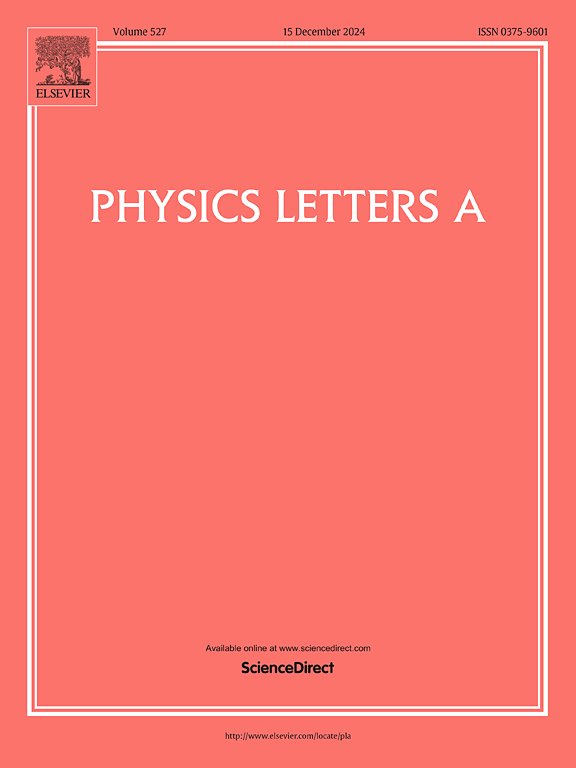Defects which create trap states in electronic structure of CsSnI3 surface
IF 2.3
3区 物理与天体物理
Q2 PHYSICS, MULTIDISCIPLINARY
引用次数: 0
Abstract
To enhance the power conversion efficiency (PCE) of Sn-based perovskite solar cells (PSCs), it is essential to identify defects that act as nonradiative recombination centers. Using density functional theory calculations on the energetically favored (110) CsSnI3 surface, we demonstrate that trap state formation depends on the defect type and surface termination. Specifically, SnI defects generate shallow trap states near the conduction band in CsI-terminated surfaces, while leading to both deep and shallow states in SnI2-terminated surfaces. VCs defects create a broad region of trap states in CsI-terminated surfaces but fail to do so in SnI2-terminated surfaces. Similarly, VSn defects produce a wide range of trap states in CsI-terminated surfaces, with none in SnI2-terminated surfaces. Our analysis reveals that trap states arise from local structural changes around the defect site. Therefore, regulating surface termination and suppressing defect formation are crucial for reducing nonradiative recombination and improving PSC performance.
CsSnI3表面电子结构中产生陷阱态的缺陷
为了提高sn基钙钛矿太阳能电池(PSCs)的功率转换效率(PCE),必须识别作为非辐射复合中心的缺陷。利用密度泛函理论计算了能量有利的(110)CsSnI3表面,我们证明了陷阱态的形成取决于缺陷类型和表面终止。具体来说,SnI缺陷在csi端部表面导带附近产生浅阱态,而在sni2端部表面产生深阱和浅阱态。VCs缺陷在si端表面产生了广泛的陷阱状态,但在sni2端表面却没有这样做。类似地,VSn缺陷在端接csi的表面上产生广泛的陷阱态,而在端接sni2的表面上没有。我们的分析表明,陷阱状态是由缺陷部位周围的局部结构变化引起的。因此,调节表面终止和抑制缺陷形成对于减少非辐射复合和提高PSC性能至关重要。
本文章由计算机程序翻译,如有差异,请以英文原文为准。
求助全文
约1分钟内获得全文
求助全文
来源期刊

Physics Letters A
物理-物理:综合
CiteScore
5.10
自引率
3.80%
发文量
493
审稿时长
30 days
期刊介绍:
Physics Letters A offers an exciting publication outlet for novel and frontier physics. It encourages the submission of new research on: condensed matter physics, theoretical physics, nonlinear science, statistical physics, mathematical and computational physics, general and cross-disciplinary physics (including foundations), atomic, molecular and cluster physics, plasma and fluid physics, optical physics, biological physics and nanoscience. No articles on High Energy and Nuclear Physics are published in Physics Letters A. The journal''s high standard and wide dissemination ensures a broad readership amongst the physics community. Rapid publication times and flexible length restrictions give Physics Letters A the edge over other journals in the field.
 求助内容:
求助内容: 应助结果提醒方式:
应助结果提醒方式:


